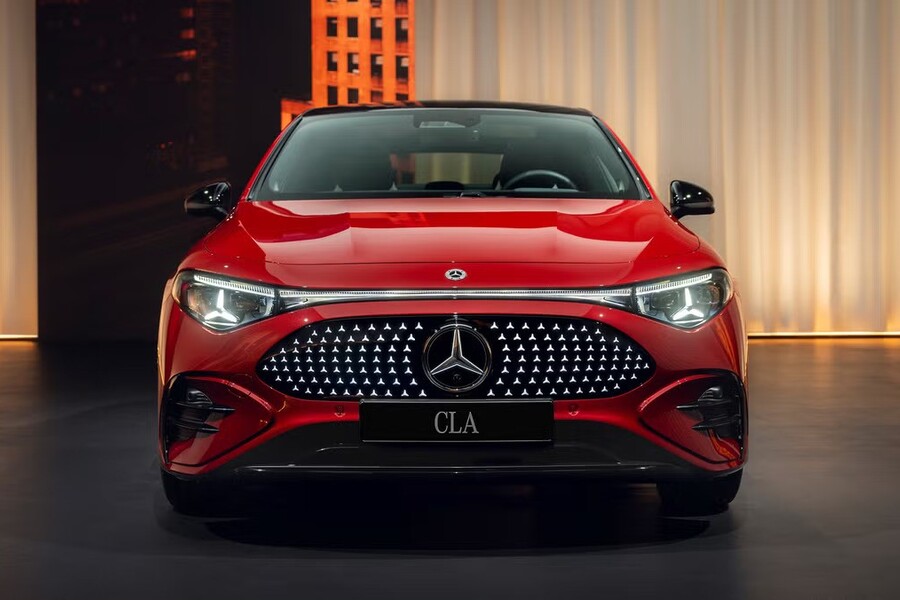In a surprising twist for Mercedes-Benz’s latest electric innovation, the 2026 CLA EV will not be compatible with the vast majority of public fast-charging stations across the United States. While the sedan boasts an advanced 800-volt electrical architecture that allows for ultra-fast charging speeds up to 320 kW, it cannot connect to the more commonly used 400-volt DC fast-chargers that dominate the national charging infrastructure.
Mercedes-Benz confirmed the limitation after a German-language disclaimer surfaced on the brand’s official website and was shared via social media by the account RoamingNorway. The issue quickly caught the attention of EV enthusiasts and was picked up by industry outlets such as InsideEVs. A spokesperson for Mercedes-Benz USA later clarified to Car and Driver that the new CLA EV will only work with 800-volt DC fast-chargers. While the car is equipped with a NACS-style (Tesla) charging port, it remains incompatible with Tesla’s current Supercharger network, which primarily relies on 400-volt technology.
This creates a frustrating conundrum for prospective CLA EV owners: the car is technically ready for high-speed charging, but the infrastructure simply isn’t in place to support it widely. Tesla’s Supercharger network, once a potentially significant benefit due to the NACS port, cannot currently deliver the voltage the CLA requires. And while some networks, like Electrify America and EVgo, have begun rolling out 800-volt stations, those installations are sparse in most regions and unlikely to be commonplace by the time the CLA EV hits the market in fall 2025.
The vehicle’s inability to accept 400-volt DC charging makes it an outlier among other 800-volt-capable EVs like the Hyundai Ioniq 5 or Lucid Air, which can still fall back on lower-voltage charging when necessary. Mercedes’ more rigid architecture limits flexibility, especially for drivers in rural or underserved areas with limited access to high-performance charging options.
While at-home charging using AC Level 2 stations will still be fully functional, allowing owners to recharge overnight, the lack of public fast-charging compatibility raises serious concerns for long-distance travel or daily commuters without a dedicated charger. An optional adapter may allow the CLA EV’s NACS connector to interface with CCS-type chargers, but this would still only be effective if those chargers provide the required 800 volts.
Mercedes-Benz is clearly betting on a near-future where 800-volt systems become the norm, arguing that the faster charging capability will appeal to premium EV buyers. However, that bet may prove risky in the short term. With the CLA EV poised to debut as one of Mercedes’ flagship electric sedans, this compatibility issue could impact its reception among American consumers, especially those accustomed to the convenience of charging wherever and whenever needed.
As the EV infrastructure in the U.S. continues to evolve, the 2026 CLA may eventually benefit from broader access to compatible charging stations. Until then, early adopters may find themselves navigating an inconvenient gap between cutting-edge capability and on-the-ground reality.

